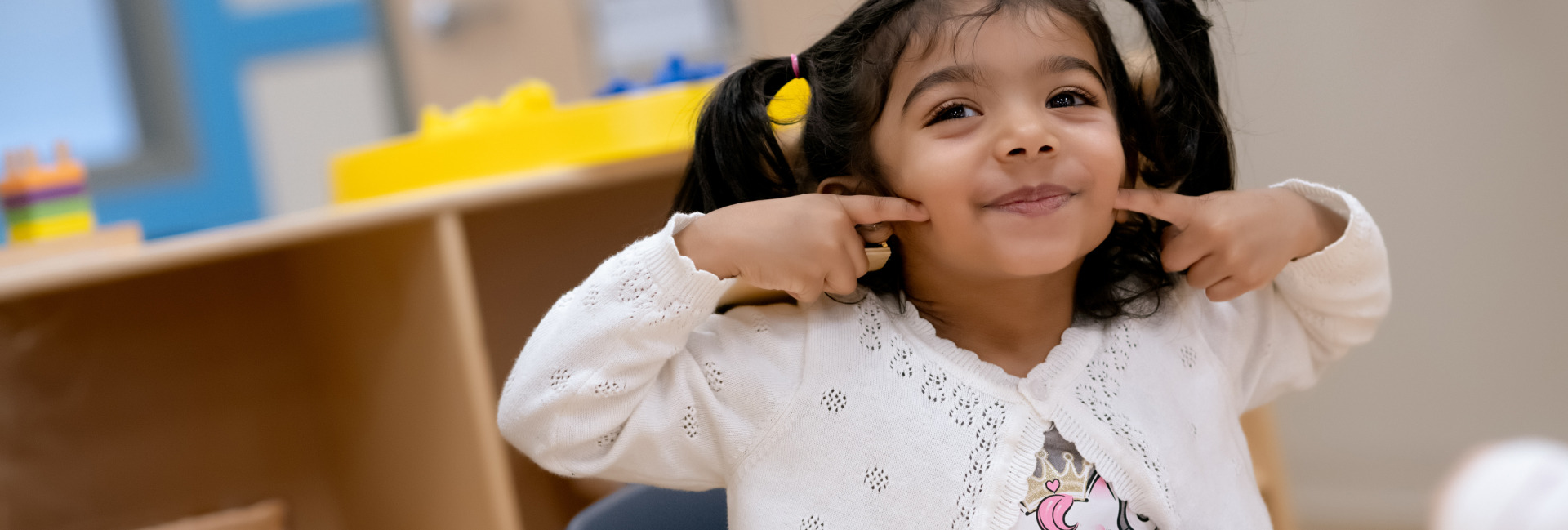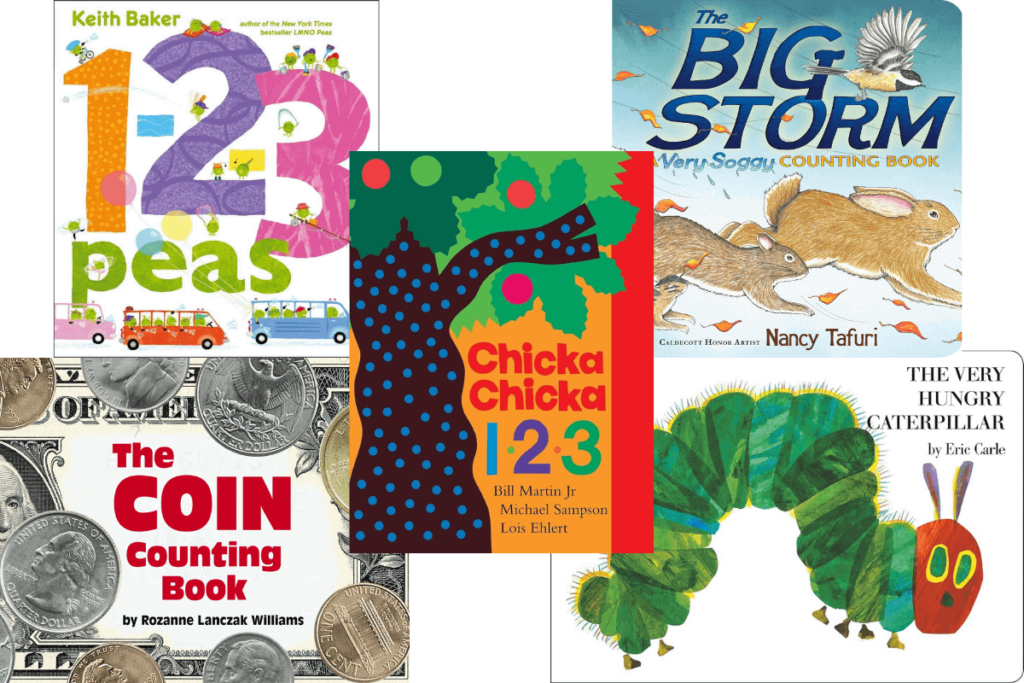

5 Books to Help Children Count and Recognize Numbers

Counting and recognizing numbers are essential math skills that set the stage for future learning. For young children, the best way to explore these concepts is through engaging, interactive experiences – like reading! Books bring numbers to life, making learning feel like an adventure instead of a lesson. We’re sharing some of our favorite books for introducing counting and teaching number recognition in a way that’s both fun and educational.
The Very Hungry Caterpillar by Eric Carle
In this beloved classic, we follow a caterpillar’s life cycle from egg to butterfly. Each day, the caterpillar munches through more food, helping children practice one-to-one correspondence as they count along. The story also reinforces sequencing skills by guiding them through the days of the week in chronological order.
The Big Storm by Nancy Tafuri
What happens when a big storm rolls in? Follow along as, one by one, ten woodland critters race into a hollow hill to escape an approaching storm. Then, practice counting backward from ten as they all race back out before sleeping bears catch their scent. With suspenseful pacing, this book makes counting an exciting adventure.
Chicka Chicka 1, 2, 3 by Bill Martin, Jr.
If your child loves Chicka Chicka Boom Boom, they’ll enjoy this lively number-filled sequel. This rhythmic, sing-song story takes us on a counting journey from 1 to 20, then by tens to 100! This book helps young learners recognize numbers while keeping them entertained from start to finish.
1, 2, 3 Peas! by Keith Baker
Get ready for a counting book filled with personality! Tiny green peas take center stage as they race, dance, build, and more – all while helping kids count to 100. Each number is shown, along with the matching number of peas, reinforcing one-to-one correspondence. With its playful artwork, this book makes counting feel like a celebration!
The Coin Counting Book by Rozanne Lanczak Williams
Perfect for children ages 4 and up, this book introduces the values of coins up to $1.00. It also shows different ways to make the same total, like four quarters or ten dimes equaling $1.00. Through simple rhymes and clear visuals, children strengthen their math skills while making real-world connections.
Pairing these books with activities is a great way to extend learning beyond the pages. Simple math activities for preschoolers, like using counters, playing with number puzzles, or acting out the sequence of a story, can reinforce key skills in a hands-on way. By combining books with playful math experiences, children develop a deeper understanding of numbers while having fun!




